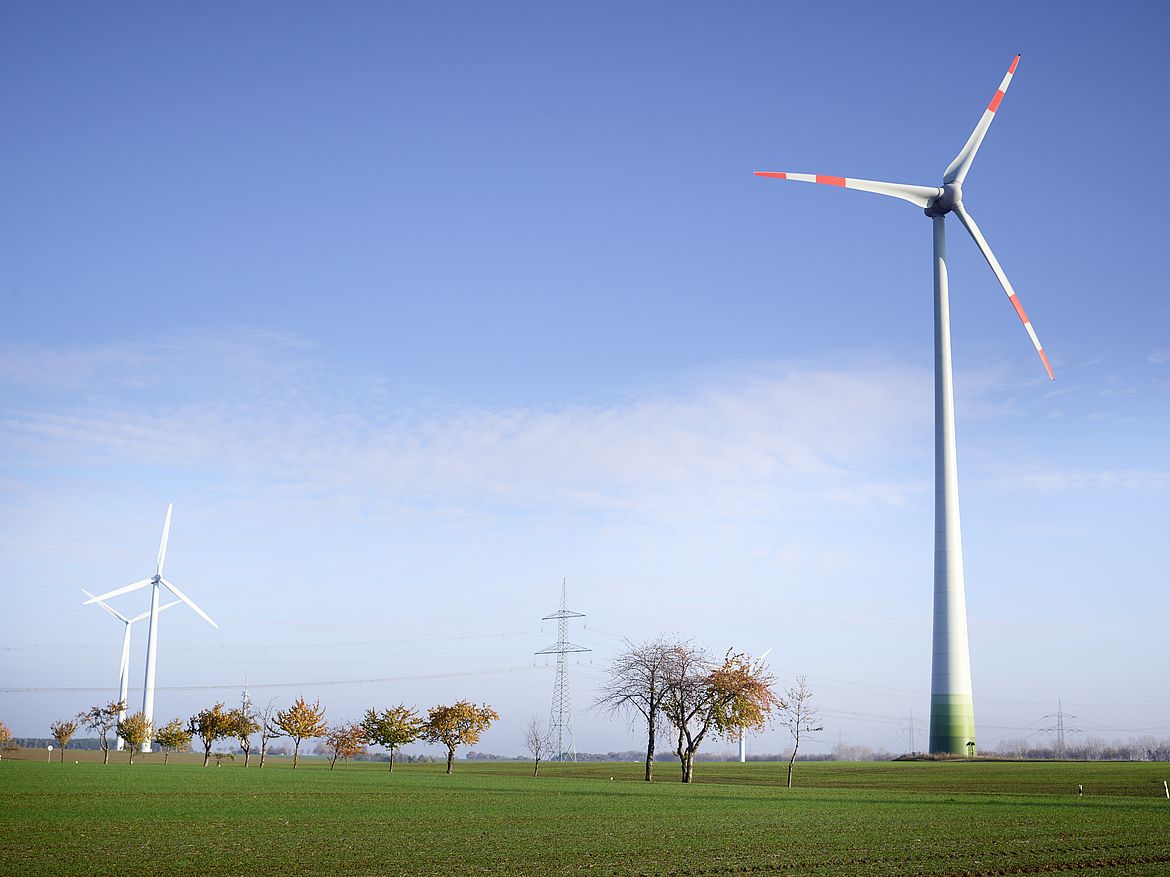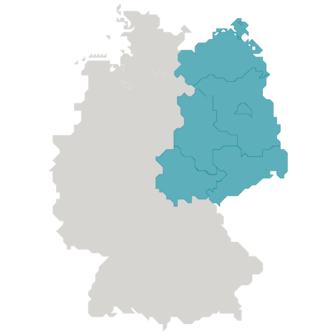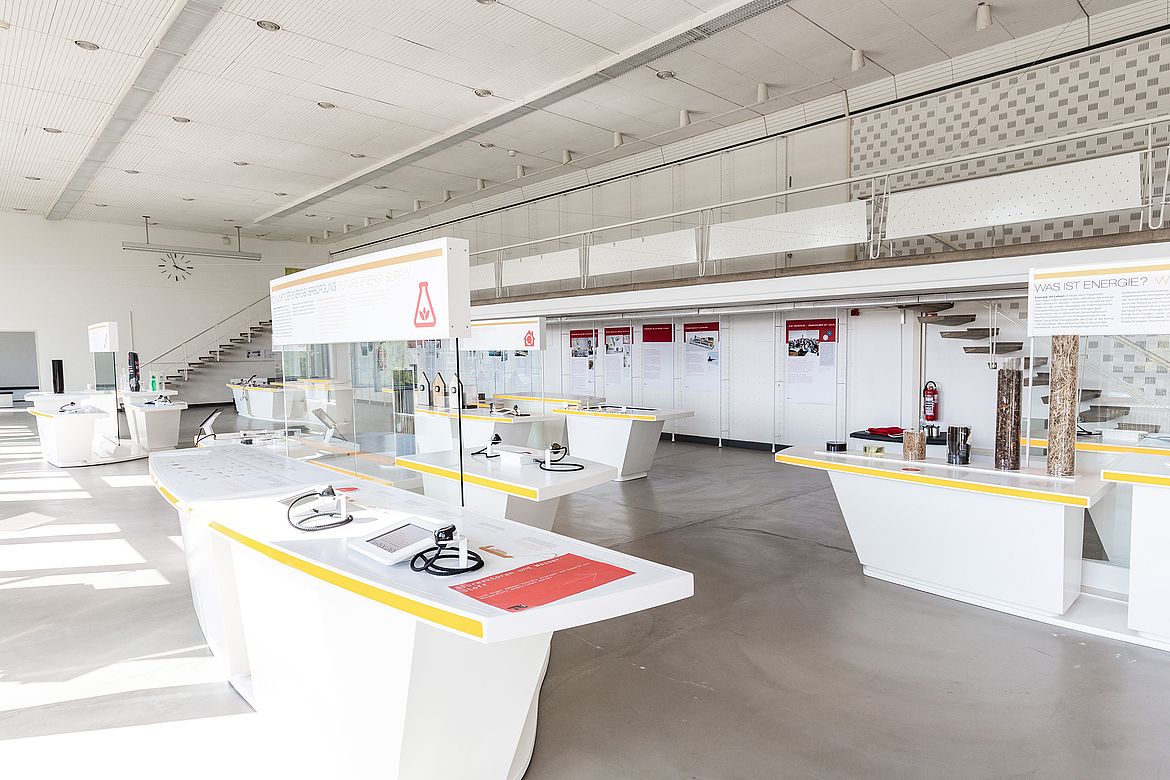Towards 100 % Renewable Energy
The energy transition’s objective is to completely cover our energy and electricity demand with renewable sources. To achieve this, we have to make the most use of green electricity when it is available. On the other hand, we have to bridge the gaps when it is not. This is where our 70 economic, scientific and industrial partners from the WindNODE project came in. Together, we looked for solutions to balance the generation and consumption of renewable electricity. This way, the power grid also remains stable, as more and more renewable energy is being generated.
Last updated: 31.03.2021
The second phase of the energy transition
So far, the German energy transition has been an electricity transition, which has proven highly successful. Today, more than a third of the German energy mix consists of renewables. In the WindNODE region, this is even more than half. This was made possible by the wide-scale development of installations to generate electricity from renewable energy sources. In Germany, this mainly concerns wind turbines and solar power stations.
As it is, Germany will still fail to reach its national CO2 reduction target by 2020. In other energy sectors, the energy transition has been less successful, for example in the traffic or heating sectors. In order to lower the emission of CO2 in these sectors as well, more (renewable) electricity should also be used for heating and traffic in future. This process of interplay between different energy sectors is called sector coupling.
Nevertheless, the energy supply has not yet reached its target either: by 2030, the German Federal Government wants to have 65 per cent of all electricity generated from renewable sources. However, the power grids are already reaching their load limits more and more frequently, as the generation of renewable energy strongly fluctuates depending on the weather. How can the secure and efficient integration of ever more volatile wind and solar power volumes into the electrical energy system succeed?
These are only a few of the challenges of the “second phase of the energy transition”. This is where our WindNODE partner project comes in. Our 70 project partners are working on the development of sustainable and transferable model solutions for the second phase of the energy transition.
Model Region for the Energy Transition
The WindNODE project region covers all of north-eastern Germany, from the Baltic Sea to the Thuringian Forest. Over 16 million people live in our model region.
At the same time, a complete electrical energy system is being imagined: all value creation stages, grid levels, market roles and actors are represented and participate in WindNODE.
Over 56 per cent of the electricity consumed in the WindNODE region is already “green”. It is mainly generated from the volatile sources wind and sun. This regularly brings the power grids to their load limits and makes more frequent interventions by the transmission system operators necessary: a challenge that other regions will also face more often in the future.
In the WindNODE region, the future of the energy system is therefore already a daily reality. The region has ideal prerequisites to develop solutions for the challenges of the energy transition that can also further the energy transition elsewhere.
A Showcase Open to Participation
As the project title “Showcasing smart energy systems from north-eastern Germany” already betrays, WindNODE is not a classic research project but a living lab. WindNODE does not only want to research, but also (and this is just as important) immediately apply, test and publish.
Our project seeks to help make the energy transition much more concrete and understandable, and show experts and the general public that a smart energy system can actually function.
Interested people can observe some of the components of such a smart energy system of the future at over 30 WindNODE visitor sites everywhere in the model region.
Funded as a "Smart Energy Showcase"
WindNODE’s activities are promoted by the Federal Ministry for Economic Affairs and Energy in the scope of the “Smart Energy Showcase” (SINTEG). The implementation is supported by project developer Jülich.
The project is politically sponsored by the six heads of government of the eastern German states, including Berlin. At the work level, intensive exchange is also taking place with the ministries of the participating states.
Thanks to the support of SINTEG and the participating states, over 70 WindNODE partners from economy, research and politics can research future-oriented solutions for the energy transition for four years. The research programme still continues to late 2020.



